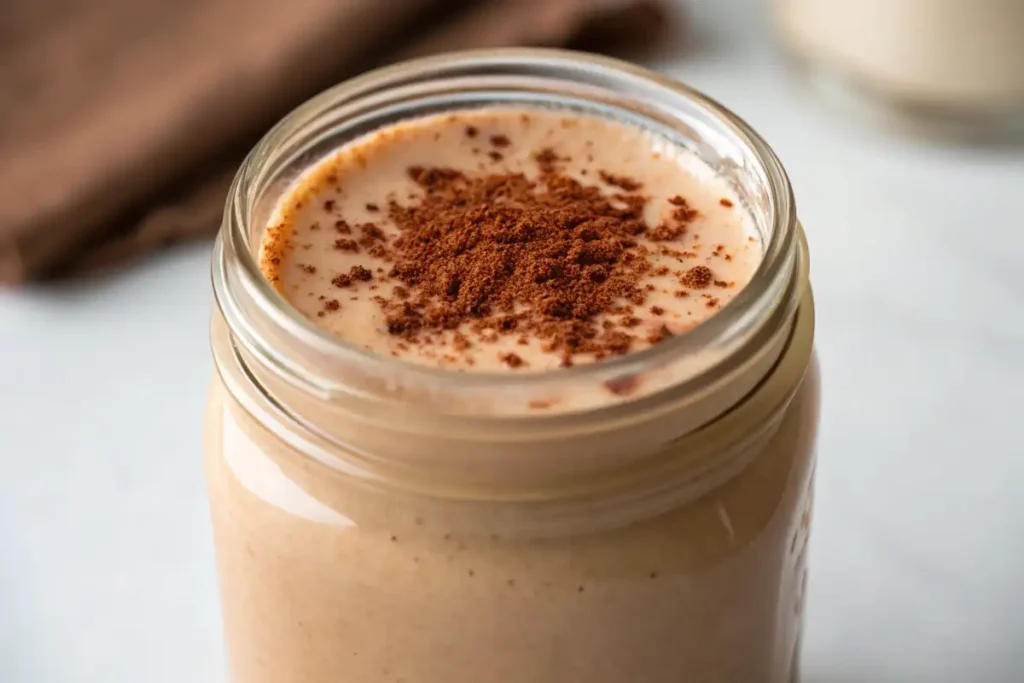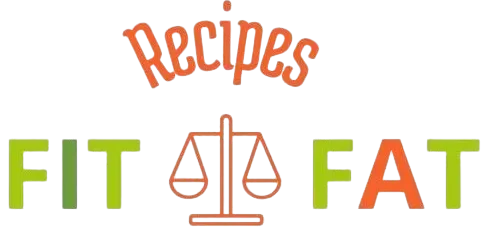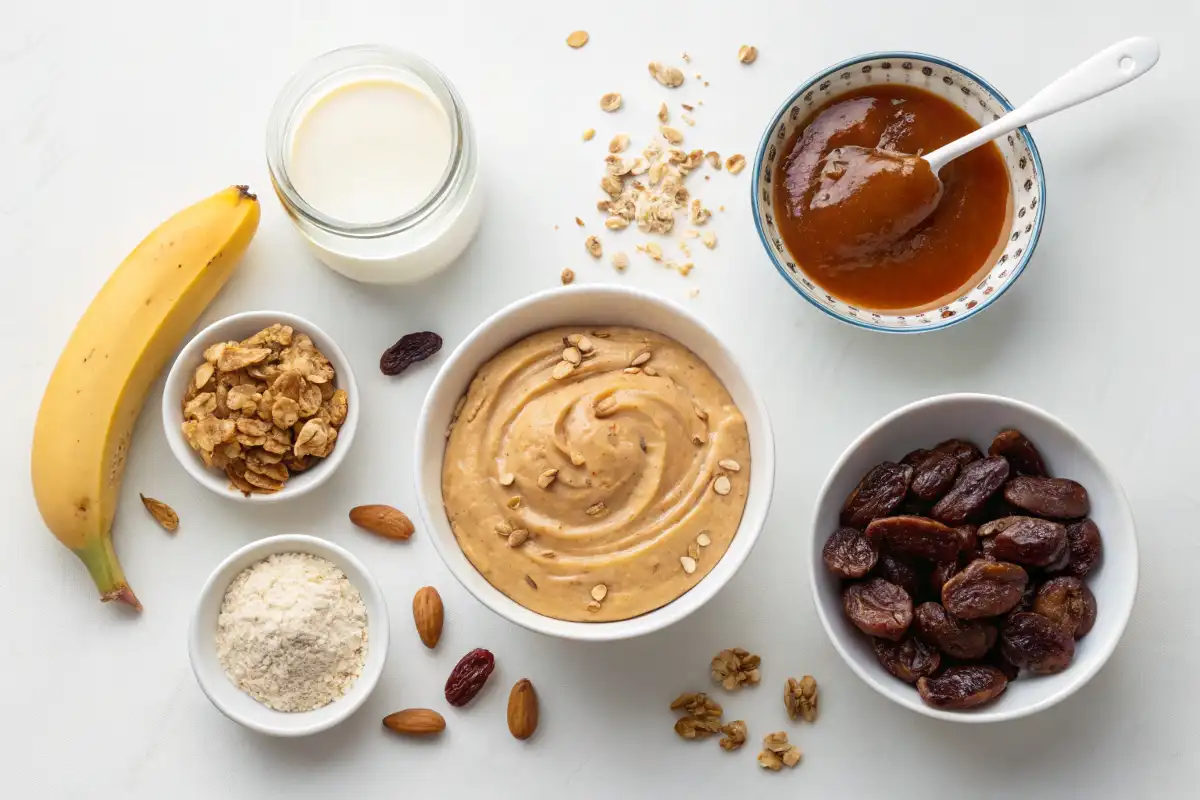Craving a peanut butter smoothie without banana? Indulge in creamy, delicious blends packed with protein and flavor. Discover how to make the best banana-free recipes!
Learn about using smoothies as meal replacements.
The Delicious World of Peanut Butter Smoothies Without Banana
Many people enjoy smoothies, particularly those seeking a quick and nutritious meal. A peanut butter smoothie offers a creamy, protein-packed option. However, the inclusion of banana can be problematic. For those allergic or disliking bananas, alternatives are essential. This article explores delicious peanut butter smoothie without banana recipes. Furthermore, we’ll delve into the nutritional benefits and creative ingredient combinations.
Why Skip the Banana in Your Peanut Butter Smoothie?
Firstly, bananas are a common smoothie ingredient. They add sweetness and a creamy texture. However, not everyone enjoys their flavor. Besides that, bananas are high in carbohydrates, which may be a concern for some. As a result, finding alternatives is important.
- Allergies: Some individuals have banana allergies.
- Taste Preference: Not everyone likes the taste of bananas.
- Dietary Restrictions: Bananas are high in carbs.
Try our banana bread cookies for a delightful treat
Essential Ingredients for a Banana-Free Peanut Butter Smoothie
Consequently, creating a peanut butter smoothie without banana requires a few key ingredients. These elements replicate the sweetness and creaminess of bananas.
- Peanut Butter: Opt for natural, unsweetened peanut butter. According to the National Peanut Board, it adds protein and healthy fats.
- Milk (Dairy or Non-Dairy): Milk adds liquid and creaminess. Almond milk, soy milk, or oat milk are great alternatives. The Mayo Clinic explains how using plant-based milks can be part of a healthy diet.
- Yogurt (Dairy or Non-Dairy): Yogurt adds thickness and probiotics. Choose plain, unsweetened varieties. Additionally, yogurt helps digestion.
- Sweeteners: Dates, maple syrup, or honey add sweetness. Use sparingly, as peanut butter is naturally caloric.
- Ice: Ice thickens the smoothie and keeps it cold.
- Protein Powder (Optional): Protein powder boosts the protein content. Whey, casein, or plant-based options are available. Moreover, protein is helpful for muscle growth.
Delicious Peanut Butter Smoothie Recipes Without Banana
- Classic Peanut Butter Delight
- Ingredients: Peanut butter, almond milk, yogurt, ice.
- Instructions: Blend all ingredients until smooth.
- Chocolate Peanut Butter Dream
- Ingredients: Peanut butter, cocoa powder, almond milk, yogurt, ice.
- Instructions: Blend until smooth.
- Berry Blast Peanut Butter Smoothie
- Ingredients: Peanut butter, mixed berries, almond milk, yogurt, ice.
- Instructions: Blend until smooth.
- Green Goodness Peanut Butter Smoothie
- Ingredients: Peanut butter, spinach, almond milk, yogurt, ice.
- Instructions: Blend until smooth.
Detailed Recipe: Classic Peanut Butter Delight Without Banana
Firstly, this recipe provides a base for other variations.
- Ingredients:
- 2 tablespoons peanut butter
- 1 cup almond milk
- 1/2 cup Greek yogurt
- 1/2 cup ice
- 1 date (optional, for sweetness)
- Instructions:
- Combine all ingredients in a blender.
- Blend until smooth and creamy.
- Taste and adjust sweetness if necessary.
- Serve immediately and enjoy.
Subsequently, consider the benefits of each ingredient. Peanut butter provides protein and healthy fats. Almond milk adds liquid and nutrients. Greek yogurt contributes thickness and probiotics.

Tips and Tricks for the Perfect Peanut Butter Smoothie
Key Steps for Making the Best Smoothie
Furthermore, creating the perfect smoothie requires a few extra steps.
- Use frozen ingredients. Frozen fruits or vegetables add thickness and chill.
- Adjust the liquid. Add more or less liquid to achieve your desired consistency.
- Experiment with flavors. Try different combinations of fruits, vegetables, and spices.
- Add protein powder. For an extra protein boost, add a scoop of protein powder.
- Blend thoroughly. Ensure all ingredients are fully blended for a smooth texture.
- Don’t be afraid to be creative. Your peanut butter smoothie without banana can be customized!
Variations on the Peanut Butter Smoothie
In addition to the basic recipes, many variations exist.
- Adding Greens: Spinach or kale adds nutrients without changing the flavor significantly. Additionally, greens boost the nutritional value.
- Using Different Nut Butters: Almond butter, cashew butter, or sunflower seed butter can be used instead of peanut butter. Accordingly, each nut butter offers a unique flavor profile.
- Including Seeds: Chia seeds or flax seeds add fiber and omega-3 fatty acids. Moreover, seeds contribute to a feeling of fullness.
- Adding Spices: Cinnamon, nutmeg, or ginger can add warmth and depth to the smoothie. Similarly, spices enhance the overall flavor.
- Enhancing Sweetness Naturally: Adding a couple of dates is a delicious way to sweeten the smoothie naturally.
- Adding Healthy Fats: Avocados are a great source of healthy fats that can add to the creaminess of the smoothie.

Nutritional Benefits and Dietary Considerations
Understanding the Nutritional Value
Undeniably, a peanut butter smoothie offers numerous health benefits. It’s packed with protein, healthy fats, and essential nutrients. However, let’s break down a sample nutritional profile (values are approximate and will vary based on specific ingredients and quantities):
- Sample Nutritional Information (per serving – Classic Peanut Butter Delight Recipe):
- Calories: 250-350
- Protein: 15-25g
- Fat: 15-25g (primarily unsaturated)
- Carbohydrates: 10-20g (depending on added sweeteners)
- Fiber: 3-7g
- Sugar: 5-15g (naturally occurring from milk and optional sweeteners)
- Vitamin E: Good source from peanut butter
- Magnesium: Present in peanut butter and almond milk
- Potassium: Present in yogurt and almond milk
- Protein: Peanut butter and yogurt provide protein, essential for muscle building and repair. The protein content can contribute to satiety, helping you feel fuller for longer.
- Healthy Fats: Peanut butter contains monounsaturated and polyunsaturated fats, good for heart health. These fats are important for hormone production and cell function. Additionally, they help absorb fat-soluble vitamins.
- Vitamins and Minerals: Fruits and vegetables add vitamins and minerals, supporting overall health. Examples include Vitamin C from berries and iron from spinach.
- Fiber: Seeds and nuts provide fiber, promoting digestive health. Besides, fiber helps regulate blood sugar and lower cholesterol.
Tailoring Your Smoothie to Your Needs
- Weight Management: A peanut butter smoothie can be a part of a weight management plan. Choosing unsweetened ingredients and controlling portion sizes are key.
- Muscle Building: The high protein content is beneficial for muscle growth and repair after exercise. Consider adding a scoop of protein powder to further boost the protein content.
- Energy Boost: Healthy fats and carbohydrates provide sustained energy. This can be a great pre- or post-workout snack.
- Diabetes: Opt for low-sugar alternatives and monitor carbohydrate intake. Specifically, berries are a lower sugar fruit option.
- Heart Health: Choose natural peanut butter without added sugars or oils. The monounsaturated fats are beneficial for heart health.
Potential Drawbacks and Mitigation Strategies
- Calorie Density: Peanut butter is calorie-dense. Be mindful of portion sizes, especially if you’re watching your calorie intake.
- Allergies: Peanut butter is a common allergen. Use alternative nut butters or seed butters if needed.
- Added Sugars: Many peanut butter brands contain added sugars. Choose natural, unsweetened varieties whenever possible.
- Saturated Fats: While peanut butter is primarily unsaturated fats, it does contain some saturated fat. Moderation is key.
Customizing for Dietary Restrictions
However, customizing the recipe to fit dietary restrictions is essential.
- Vegan: Use plant-based milk, yogurt, and protein powder.
- Gluten-Free: Ensure all ingredients are gluten-free.
- Low-Carb: Use low-carb sweeteners and avoid high-carb fruits. Specifically, berries are a good low-carb option.
- Allergy-Friendly: Substitute peanut butter with sunflower seed butter or another nut-free alternative. Nevertheless, always check ingredient labels carefully.
- Diabetic friendly: Use Stevia or Monk Fruit sweetener to avoid sugar consumption.
Choosing the Right Blender
Blender Types and Recommendations
Selecting the right blender is paramount. A high-powered blender ensures a smooth, creamy texture.
- High-Speed Blenders: Vitamix or Blendtec are powerful options.
- Personal Blenders: NutriBullet or Ninja are good for single servings.
- Immersion Blenders: Good for blending directly in a cup or jar.
Furthermore, consider the blender’s power and blade design. A strong motor and sharp blades are crucial.
Frequently Asked Questions (FAQs)
What can I use instead of bananas in a smoothie?
- You can use avocado, yogurt, cooked sweet potato, or even frozen cauliflower to achieve a creamy texture similar to bananas in a smoothie. These alternatives add nutrients without the distinct banana flavor. Moreover, these options are versatile and can be combined.
What does a peanut butter smoothie do to your body?
- A peanut butter smoothie provides protein for muscle repair and growth. It offers healthy fats for heart health. Additionally, it supplies vitamins and minerals for overall well-being. Overall, it’s a nutritious meal or snack.
Why do smoothies need bananas?
- Bananas add sweetness and creaminess to smoothies. However, they are not essential. Other ingredients can replicate these qualities. Therefore, banana-free smoothies are easily achievable. Explore our chocolate banana smoothie recipe for an energy boost.
What is a healthy alternative to peanut butter in smoothies?
- Almond butter, cashew butter, or sunflower seed butter are healthy alternatives. They offer similar nutritional benefits. Likewise, these options provide variety in flavor.
Conclusion: Embrace the Versatility
A peanut butter smoothie without banana is a delicious and versatile option. It caters to various dietary needs and preferences. By using creative ingredient combinations, you can create a nutritious and satisfying smoothie. So, experiment with the recipes and tips provided in this article and enjoy the endless possibilities of this delightful beverage.

